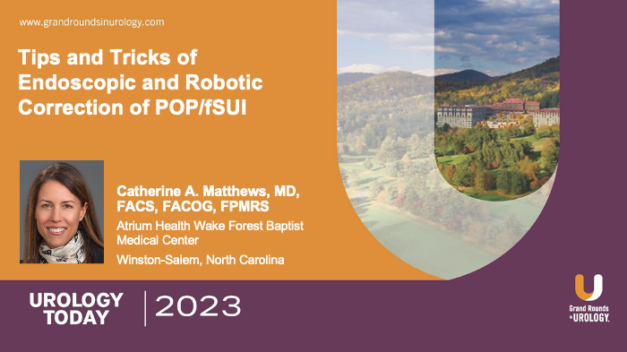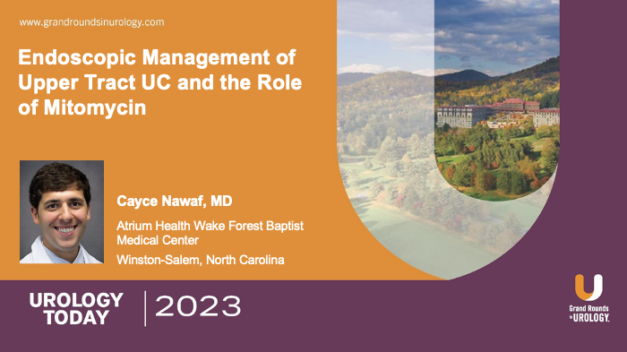Image-Based Detection and Staging of Prostate Cancer: Is the TRUS Probe Facing Extinction?
Peter A. Pinto, MD, explores the possibility of current imaging technology replacing the Transrectal Ultrasound (TRUS) probe in prostate cancer detection and staging. He begins with an overview of the weaknesses of the TRUS probe compared to magnetic resonance imaging (MRI) and MR/ultrasound fusion-guided biopsies in detecting and locating prostate cancer.
However, Dr. Pinto presents a comparison of the detection rates of TRUS-only biopsies with those of MR/ultrasound fusion-guided biopsies. He notes that both of these biopsy approaches can fail to detect low-risk and high-risk prostate cancers, leading to prostate cancer upgrading events.
Dr. Pinto concludes with an examination of the results from MRI-TRUS fusion biopsies. He presents the improved detection and certainty rates of the combined biopsy approach.
Read More




